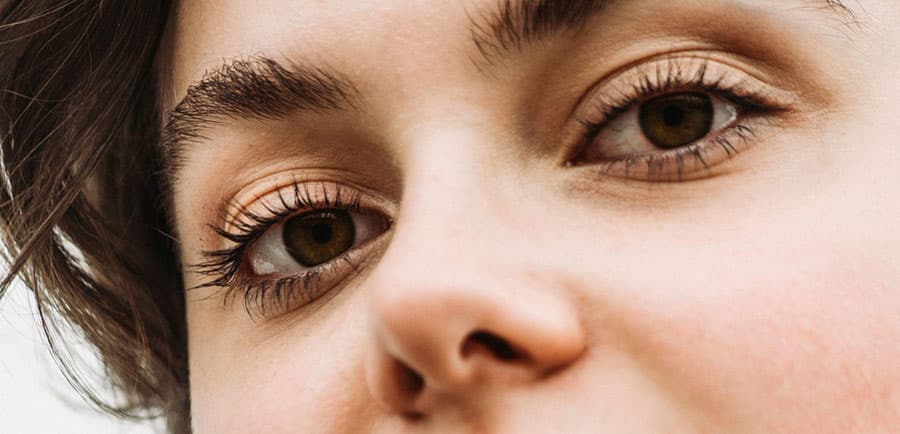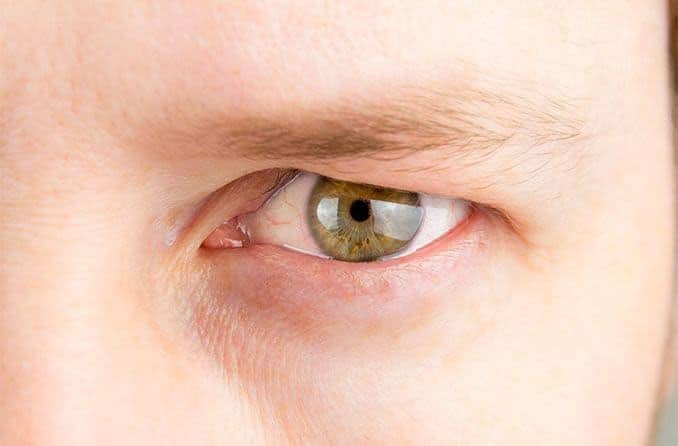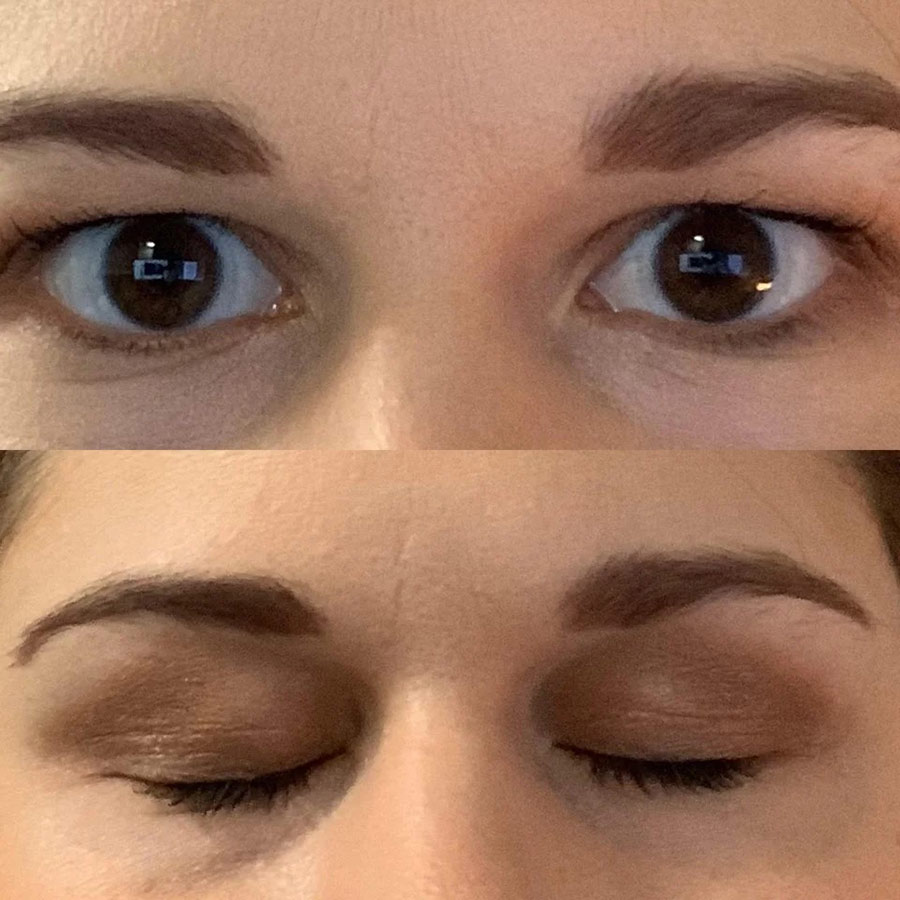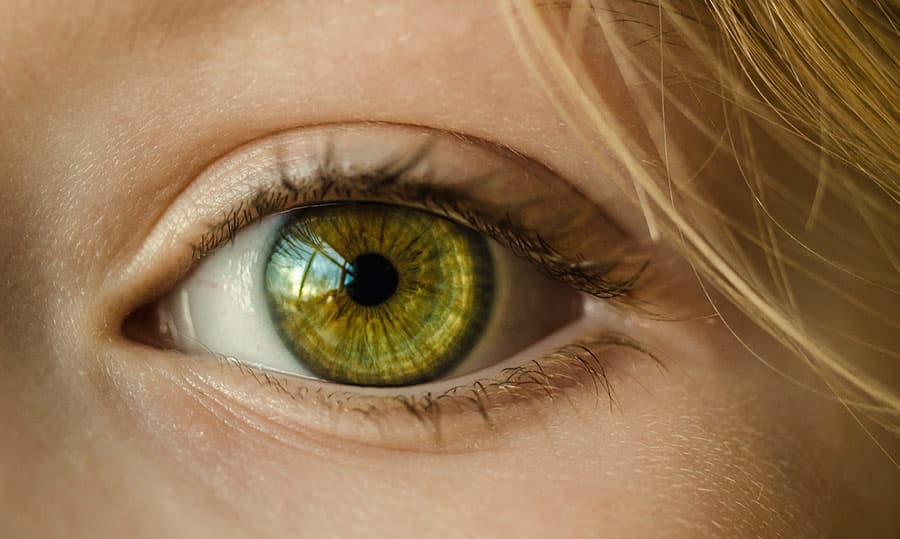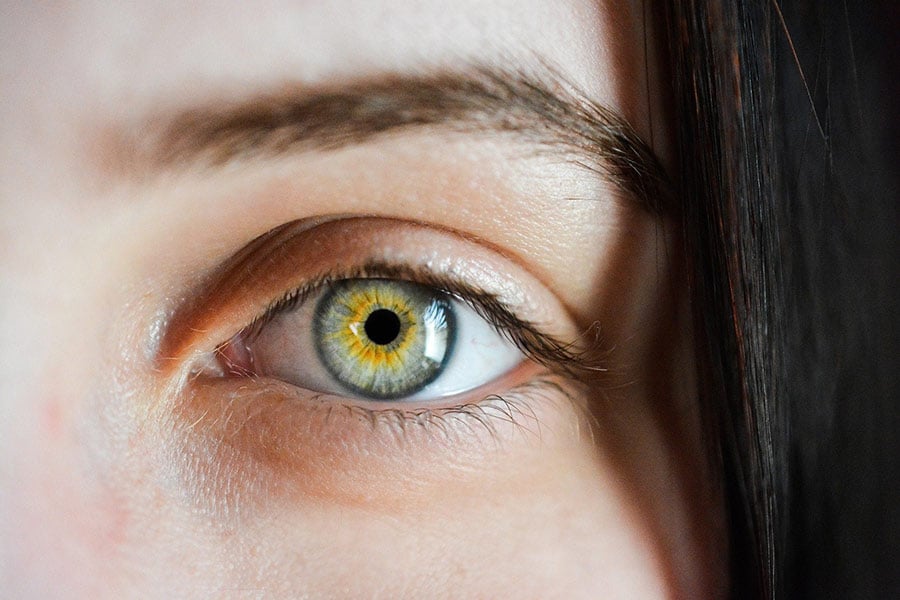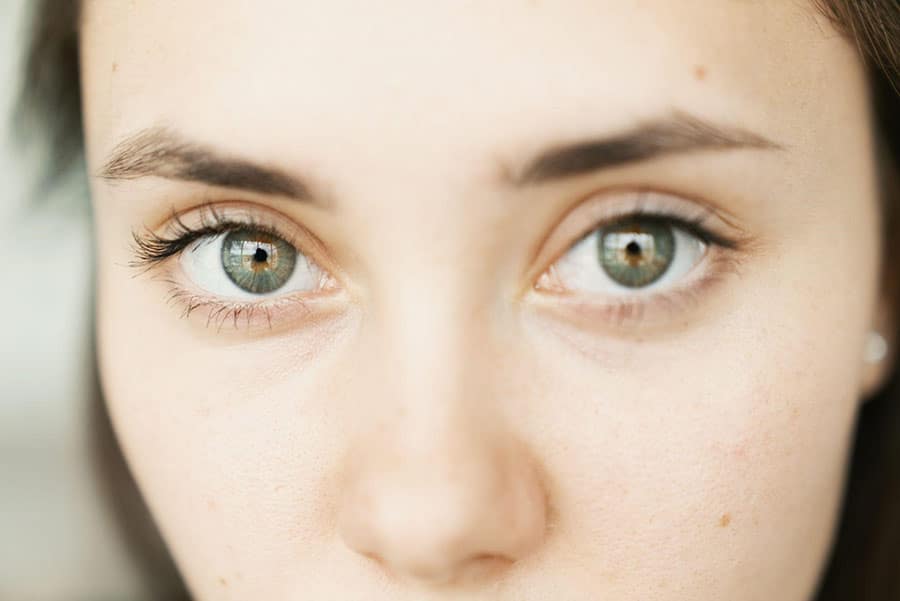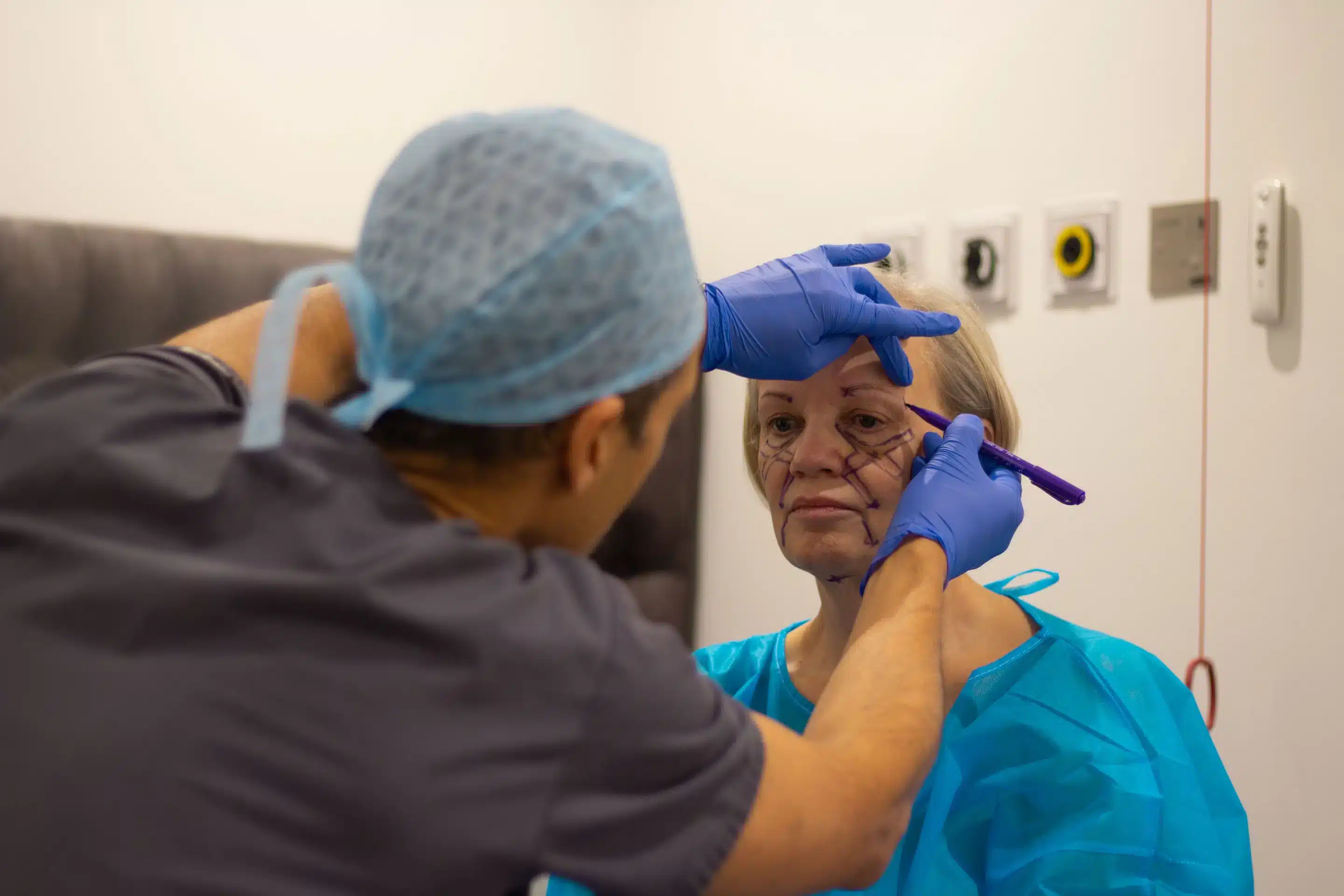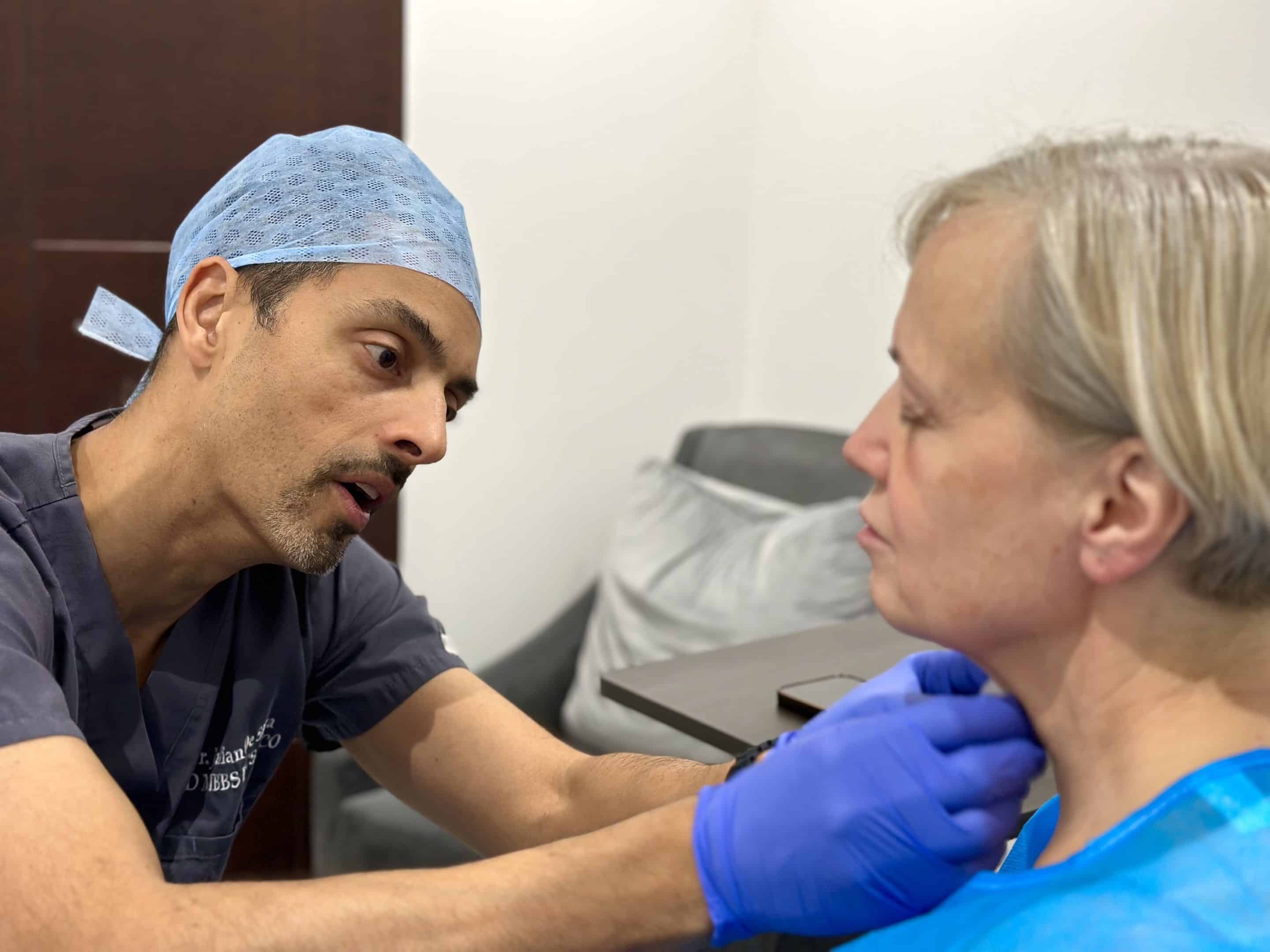Knowing how to get rid of hooded eyes includes knowing viable treatments.
Your eyes are among your face’s focal points. Therefore, you must take care of your eyes for cosmetic and medical reasons. Knowing how to get rid of hooded eyes helps you do this.
Hooded eyes are a common condition that involves flaps of excess skin beneath each eyebrow. These flaps of skin give the eyes their hooded appearance.
So how do you get rid of hooded eyes? What’s the best treatment for hooded eyes? How does the treatment go?
In this article, I will talk about hooded eyes, what causes it, and the best treatment for hooded eyes. I will also walk you through the whole treatment.
What Are Hooded Eyes?
Image Source: All About Vision
Knowing how to lift hooded eyes includes understanding hooded eyes.
Hooded eyes, also known as hooded eyelids are a common condition. This condition involves tiny flaps of excess skin beneath each eyebrow.
Since the flap of skin conceals the eyelid’s natural crease, the eye looks hooded. As seen in the picture above, hooded eyes can be a disturbance.
For one, hooded eyes can block your vision. Since the excess skin hangs on your eyelids, it can cause vision issues.
Hooded eyes also affect your appearance. Since they cover your eyelid’s natural crease, they make your eyes look smaller. Hooded eyes also make you look tired and grumpy.
Fortunately, hooded eyes can be easily determined. By looking at the mirror, you can easily tell if you have sagging eyelids or not.
To do this, close your eyes. Then, open your eyes like you normally do. Most, if not all of your upper eyelid is covered by the skin under your eyebrow, you likely have a hooded eye.
Just like the color of your hair and eyes, genetics dictate the shape of your eyes. Genetics are among the main reasons why people get hooded eyes.
However, ageing also plays a huge role in causing hooded eyes. Hooded eyes tend to become more visible as people grow older (more about this in the next section).
Thanks to advances in cosmetic medicine, you can seek help from an expert surgeon to get rid of hooded eyes. Doing your own research about how to get rid of hooded eyes before seeing an expert also helps. Just make sure you look at reliable sources of information.
Hooded Eyes Vs. Droopy Eyes
Image Source: Woman’s World
Droopy and hooded eyes are two slightly varying conditions.
Hooded eyes are often confused with droopy eyes. However, the two conditions are slightly different from each other.
Droopy eyes, also known as droopy eyelids, affect a person’s ability to open their eyes completely. On the other hand, people with hooded eyes can still open their eyes completely.
In addition, hooded eyes are often caused by genetics. On the other hand, droopy eyes can be caused by an underlying medical condition.
Two specific features often characterise droopy eyes. The edge of the upper eyelid may either be lower (ptosis) or have excess baggy skin (dermatochalasis). Drooping eyelids can either be one or a combination of those conditions.
Despite having slight differences, both hooded eyes and droopy eyelids can be treated by surgical procedures, given that you are a good candidate for eyelid surgery.
What Causes Hooded Eyes?
Image Source: Reddit
Knowing how to get rid of hooded eyes includes understanding the causes.
While genetics and ageing are the most common causes of hooded eyes, there are other factors leading to it. Here are the causes of hooded eyes:
1. Genetics
A majority of people suffering from hooded eyelids were born with the condition. Genetics are a main cause of eye sagging.
Just like the color of your skin and hair, genetics determine the shape of your eyes. Thus, genetics determine whether you get hooded eyes or not.
If genetics caused your hooded eyes, you need to see a cosmetic doctor to fix it.
2. Aging
Another main cause of hooded eyes is ageing.
As you grow older, your skin changes. Excess skin that was once not there can appear due to ageing. This can aggravate hooded eyes that were not initially visible.
This happens to a lot of patients. For instance, some patients are born with extremely mild cases of hooded eyes. Due to this, their hooded eyes aren’t usually visible. However, as they age, their hooded eyes become more visible. This then becomes a cosmetic concern.
In addition, the structure of your underlying fat, bone, and muscle changes as you age. Hence, hooded eyes can be caused by various age-related changes in your skin, fat, bone, and muscle.
3. Trauma
In some cases, physical trauma leads to hooded eyes.
Physical trauma occurs due to injury. It can also be caused by acute, stress-related activities such as regularly rubbing your eyes. More often than not, it’s the latter that causes the physical trauma that can lead to hooded eyes.
Since many people regularly rub their eyes out of frustration, hooded eyes become a common issue among people who regularly experience stress.
4. Makeup
While often rare, makeup can lead to or aggravate hooded eyes.
For one, false eyelashes can lead to hooded eyelids. Using them on a regular basis requires you to regularly remove them. In turn, you regularly pull your eyelids. This can naturally loosen your muscles and skin, leading to hooded eyes.
Rubbing your eyelids to remove eye makeup can aggravate hooded eyes. If you do not gently remove your makeup, you can make your hooded eyes worse.
5. Allergy
Allergies can also aggravate or lead to hooded eyes.
People prone to allergies usually rub their eyes. As I mentioned, regularly and vigorously rubbing your eyes weakens the skin and muscles underneath it. Consequently, your eyelids become prone to getting a hooded appearance.
In addition, people who regularly touch their eyes due to allergies become more prone to hooded eyes. The same thing applies to people who regularly use eye drops.
Remember, those who touch their eyes more often are at a higher risk of getting hooded eyes than those who do not.
Eyelid Surgery: Best Treatment for Hooded Eyes
Knowing how to get rid of hooded eyes includes understanding the best treatment for them.
Thanks to advances in the cosmetic industry, you have many options for treating your hooded eyes. In extremely mild to mild cases, non-surgical eyelift can treat your hooded eyes.
While non-surgical eyelift sounds promising, it cannot treat all cases of hooded eyes. Only eyelift surgery can. Due to this, eyelid surgery is the best treatment for hooded eyes.
For one, eyelid surgery or blepharoplasty can treat all cases of hooded eyes. From mild to severe cases, a cosmetic surgeon can manipulate your skin and underlying muscles to get rid of your hooded eyes for good.
Blepharoplasty also produces permanent results. Unlike non-surgical procedures, the results of blepharoplasty last for decades to a lifetime.
Lastly, blepharoplasty produces subtle, natural results. Your eyes will change, but people around you won’t notice it unless you tell them. However, these results can only be delivered by a highly qualified cosmetic doctor. Thus, you have to be extremely careful when choosing a doctor to work with.
Before Hooded Eye Surgery
Knowing how to get rid of hooded eyes includes understanding what happens before the treatment.
Before getting hooded eye surgery, you need to talk to a cosmetic surgeon who specialises in eyelid surgery. You can book a consultation with me here.
At the start of the consultation, we will discuss your medical history and current state.
Specifically, I will ask you about surgeries you had, if applicable. I will also ask about your current condition, including medication that you take, if applicable.
Next, we will discuss your lifestyle. I will ask you to disclose your alcohol and cigarette usage.
After this, we will talk about your goals. Each patient’s goal varies, so please openly discuss what yours are.
Depending on what we discussed, I will explain whether blepharoplasty surgery is the best treatment for you or not. I might also suggest complementary procedures such as facelift and brow & forehead lift.
If you agree with everything I discussed, you can then set an appointment for the surgery. Make sure that you set an appointment that best suits your schedule.
During Hooded Eye Surgery
Knowing how to get rid of hooded eyes includes understanding what happens during the treatment.
Right before the hooded eye surgery, I mark the points of incision. This lets me know exactly where to make the incisions.
Next, I will administer sedation anaesthesia. My clinic uses the said anaesthesia because of its safety. It also lets you recover more quickly than general anaesthesia.
Since hooded eyes occur due to irregularities on the upper eyelids, I will operate on each upper eyelid using upper blepharoplasty techniques.
Specifically, I will move the excess skin and/or fat. After this, I will stitch your skin up.
After Hooded Eye Surgery
Knowing how to get rid of hooded eyes includes understanding what happens after the treatment.
After the surgery, you have to stay for some time in the facility so the staff can monitor you for any complications. Hooded eye surgery does not require an overnight stay, so you can go home after we clear you.
You should have a designated driver to take you home after the surgery. Your vision won’t be stable right after the surgery, so you must not drive.
After the surgery, you may temporarily experience blurred vision, sensitivity, numb eyelids, swelling, and bruising. However, these side effects are temporary. Thus, you will recover from them soon enough.
Conclusion
Blepharoplasty or eyelid surgery can get rid of hooded eyes permanently. If you want to know how to get rid of hooded eyes and learn more about the procedure, book a consultation with me now!

